By Eric T. Baker
Nintendo’s DS has never been a platform that wargamers buy specifically for wargames. It is a system that has a lot of good games, but it doesn’t have any “killer application” wargames that would force a military hobbyist to pick one up. Which is not to say that there are no war-themed games for the DS, just that none of them have the simulation rigor of PC wargames. Glory Days 2 from Secret Stash Games is a new war-themed game that fits this mold exactly, fun but not a hardcore simulation.
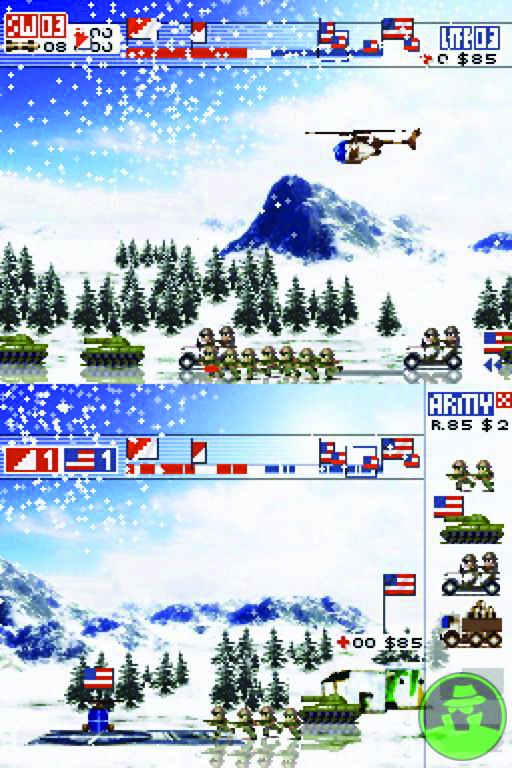 The game play of GD2 is that of a side-scrolling real-time strategy game. Over the course of 16 missions, the player takes the roles of three different pilots involved in an unnamed war in relatively modern times. Some missions put the player in a helicopter, others in an airplane. The player then does two jobs at once. Mostly he pilots the aircraft, but at the same time he also manages and deploys his ground forces. The graphics are 2-D and the viewpoint is from the side, so the map is one long line, although the terrain is different in each mission. At each end of the battlefield is a player’s base. Troops are dispatched from the bases and where they meet the battle is joined in a big push of war. When one side’s troops take the other’s base, the mission is over.
The game play of GD2 is that of a side-scrolling real-time strategy game. Over the course of 16 missions, the player takes the roles of three different pilots involved in an unnamed war in relatively modern times. Some missions put the player in a helicopter, others in an airplane. The player then does two jobs at once. Mostly he pilots the aircraft, but at the same time he also manages and deploys his ground forces. The graphics are 2-D and the viewpoint is from the side, so the map is one long line, although the terrain is different in each mission. At each end of the battlefield is a player’s base. Troops are dispatched from the bases and where they meet the battle is joined in a big push of war. When one side’s troops take the other’s base, the mission is over.
How the player flies the air support is critical to winning the game. The player will rescue civilians, which are basically converted to money as soon as they are dropped off at the base. The player can also airlift troops to fortresses on the battlefield, which they can man and fight from. One screen on the DS shows the player and his aircraft. The other shows where the hot spots are and give a graphic indication of how the battle is going overall. For a game in a this genre, GD2 can be relatively easy because there aren’t that many things the player has to keep track of at once. Older gamers should note, however, to make sure they have their reading glasses on when they play. Given the size and resolution of the display, it is difficult to distinguish one side’s infantry from the other.
Only a year after the release of the base game, Sega has released a huge expansion pack for Medieval II Total War. Medieval II Total War Kingdoms includes four brand-new campaigns, each modeling a different era and region. These campaigns are essentially four separate games as none of them combine with any of the others or work with the original content of the base game. They all stand alone, but with the signature Total War multiple factions and expansive maps, they contain plenty of game play. In total there are 100 new units, 13 new factions, nine new agent types, and 50 new buildings. There are also new multiplayer maps and a hot seat multiplayer mode, but overall the game play itself is unchanged by this update.
Two of the campaigns are pretty familiar to gamers: Britannia and the Crusades. The Teutonic campaign is less familiar, and the Americas is the least previously modeled of all the campaigns. It consists of the Spanish versus the Aztecs, the Mayans, and the Appachean Tribes. As is the form in all four campaigns, each faction has its own units, its own heroes, and its own buildings. For example, the Spanish have the best technology, but they have the fewest men and very limited reinforcements. The Apaches, on the other hand, have little technology at the start, but can use any they capture.
Heroes and special units add to the player’s options and priorities. Heroes have special powers. Richard the Lionheart, a hero for the Kingdom of Jerusalem, for example, can raise the morale of every unit on his side of the battle. Special units are usually particularly dangerous when they can be employed properly, such as the Byzantines’ Greek Fire units, which are deadly if they can be deployed at the right points.
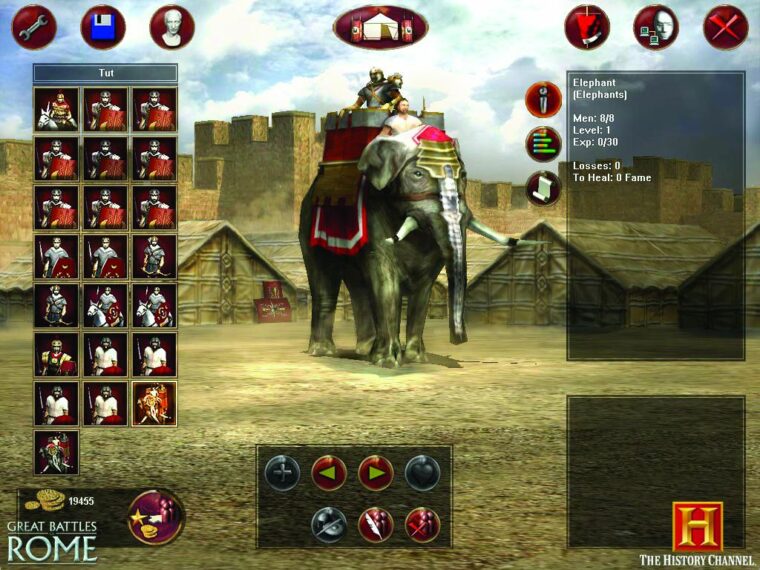
A much simpler game that treats the same period as the Total War franchise is The History Channel: Great Battles of Rome from Slitherine Software. This is essentially an update of Slitherine’s Roman Arena game. This version is available for the PS2 and PSP as well as the PC. In addition, it contains 50 minutes of audio and video from various History Channel programs about Rome. Players who don’t have RA shouldn’t hesitate to pick it up, but those who do probably don’t need to buy it again.
As in the first version, THC: GBoR eschews the strategic layer that the Total War designers place above their tactical game. This game is all about the battles themselves, and over 100 from the entire history of the Republic and the Empire are modeled. As in history, these battles are largely determined by the deployment of the units because once the battle starts, the player is limited in what orders he can issue. Also, the battles go very quickly, most in under 5 minutes. If the player fails to win, he just restarts the battle and tries a different deployment this time.
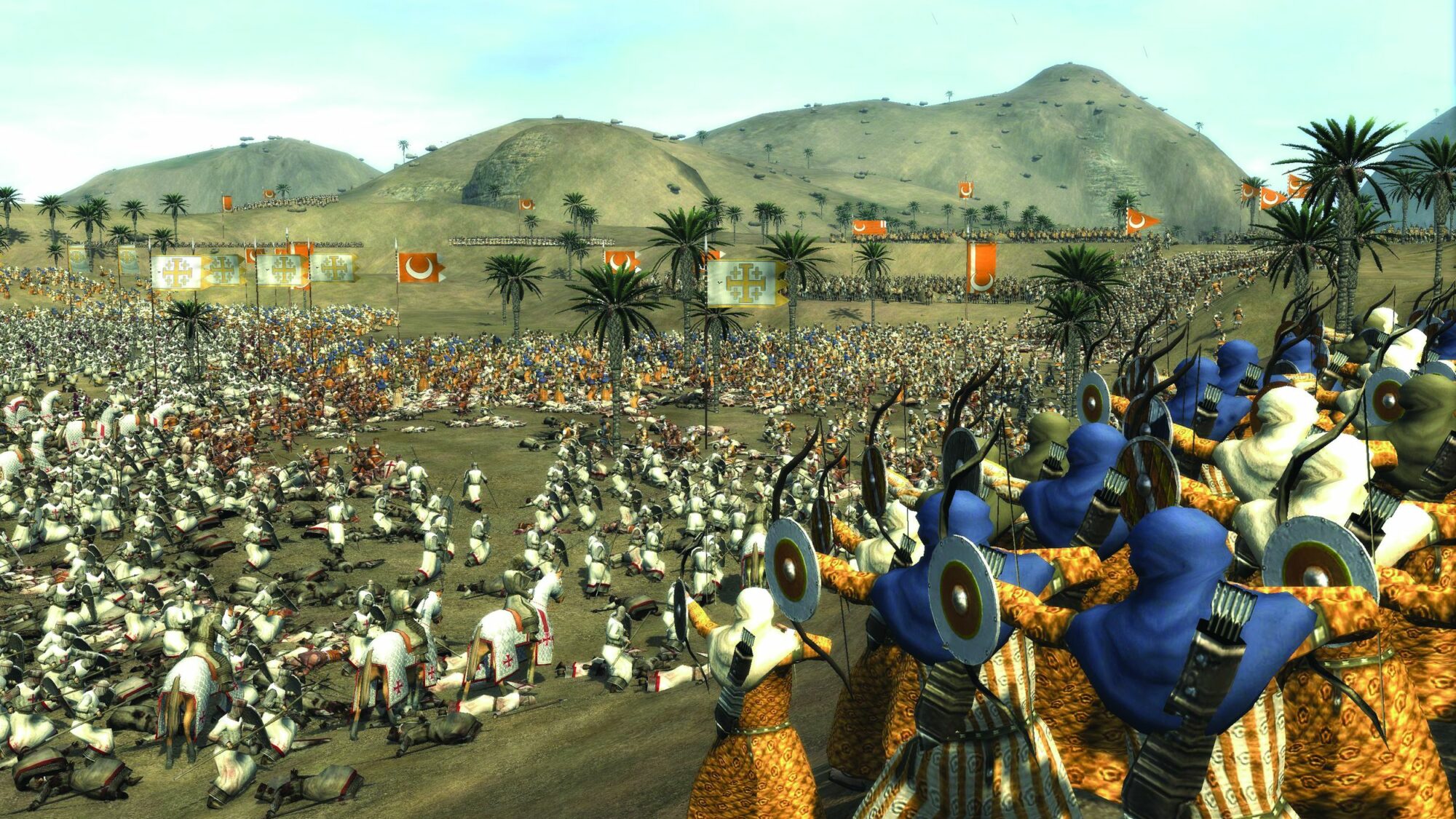

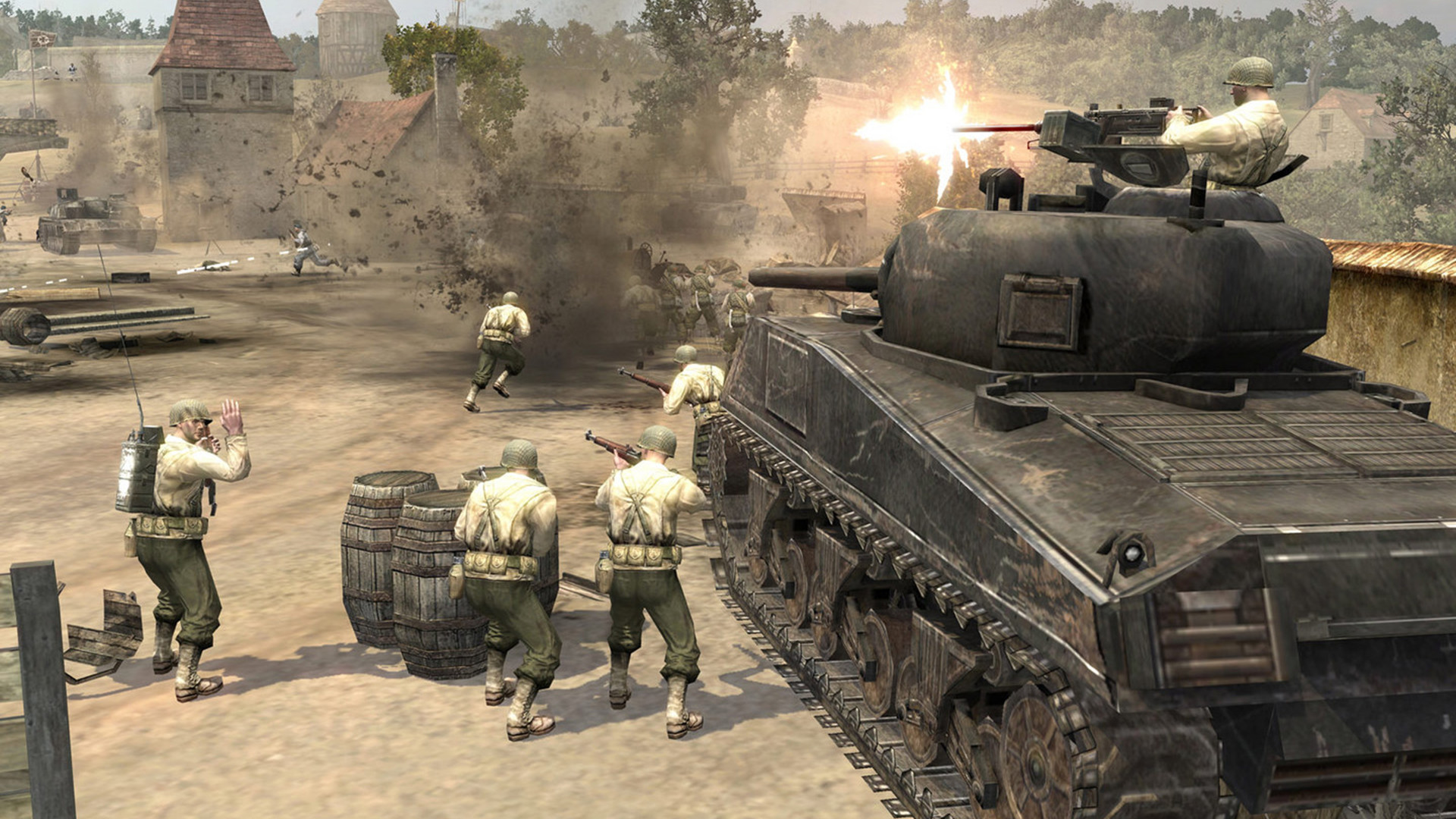
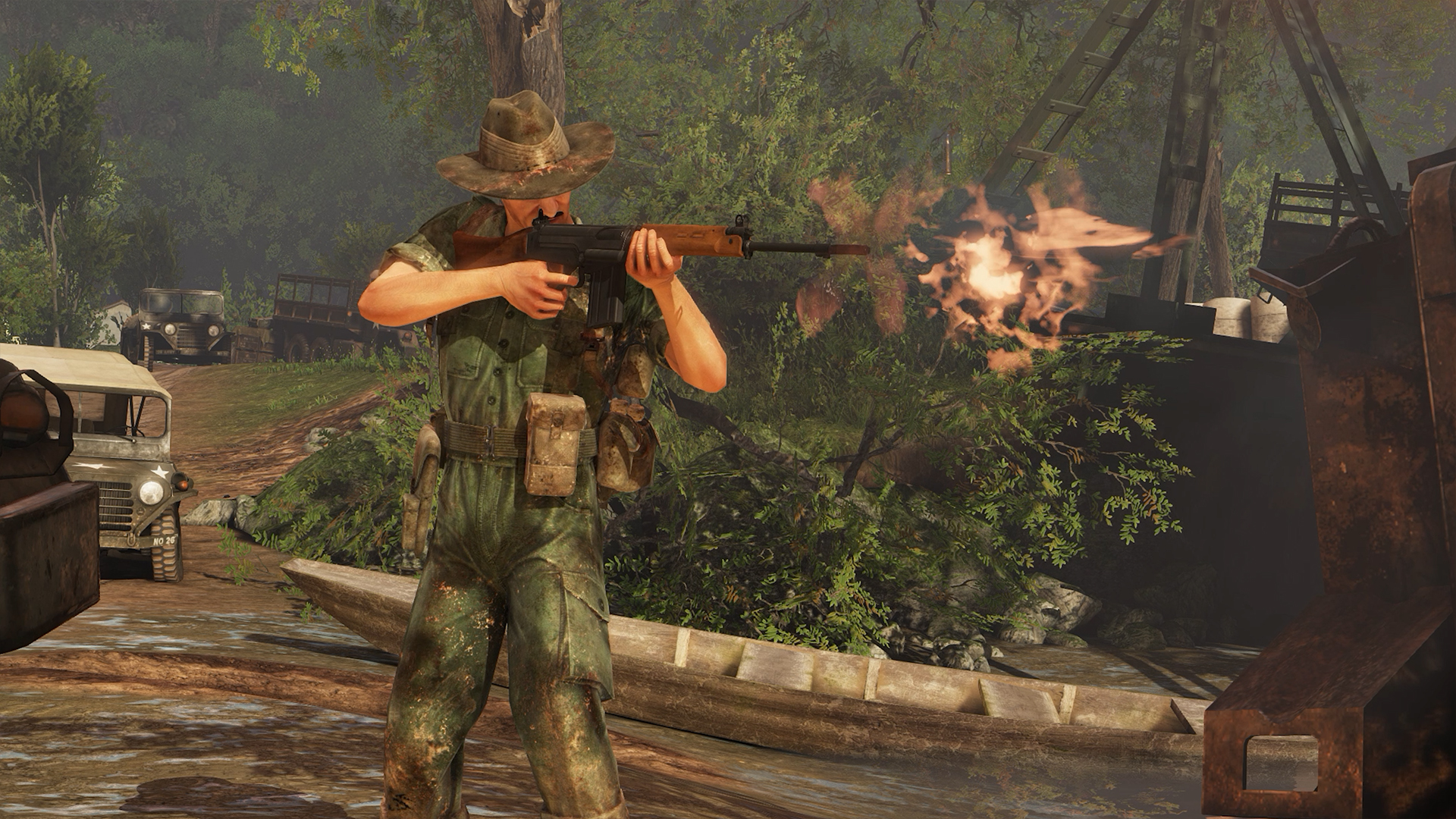
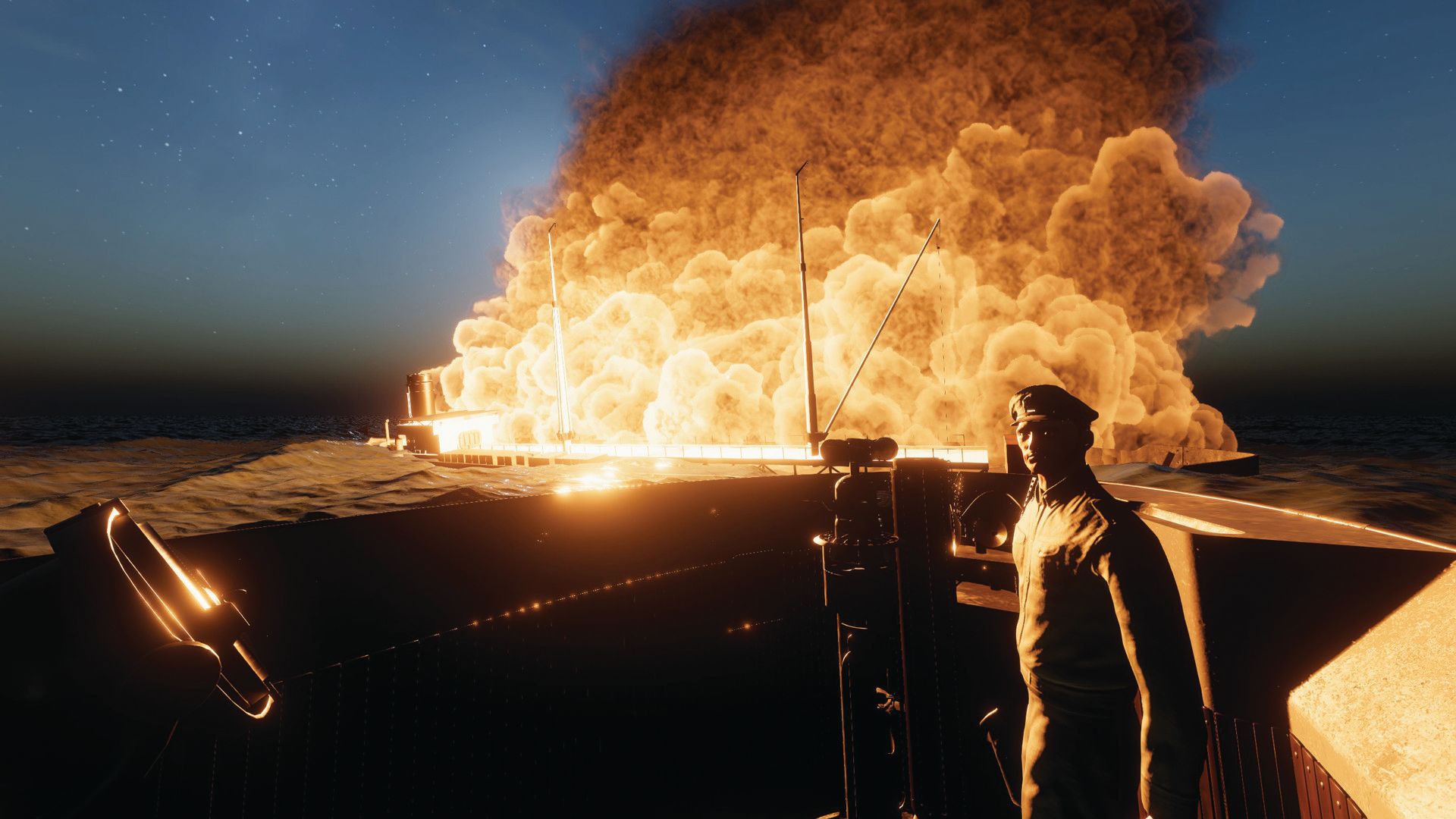
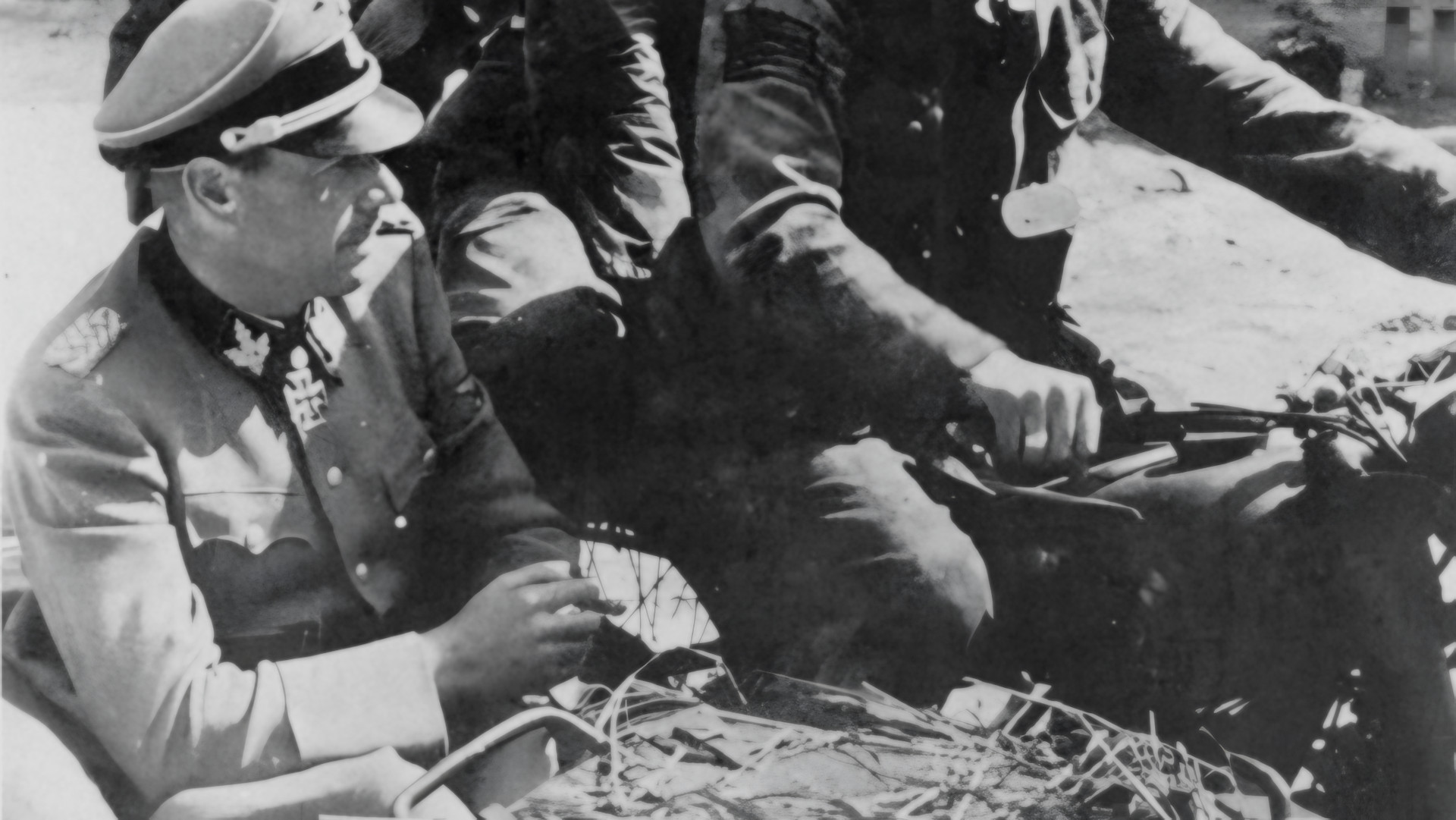
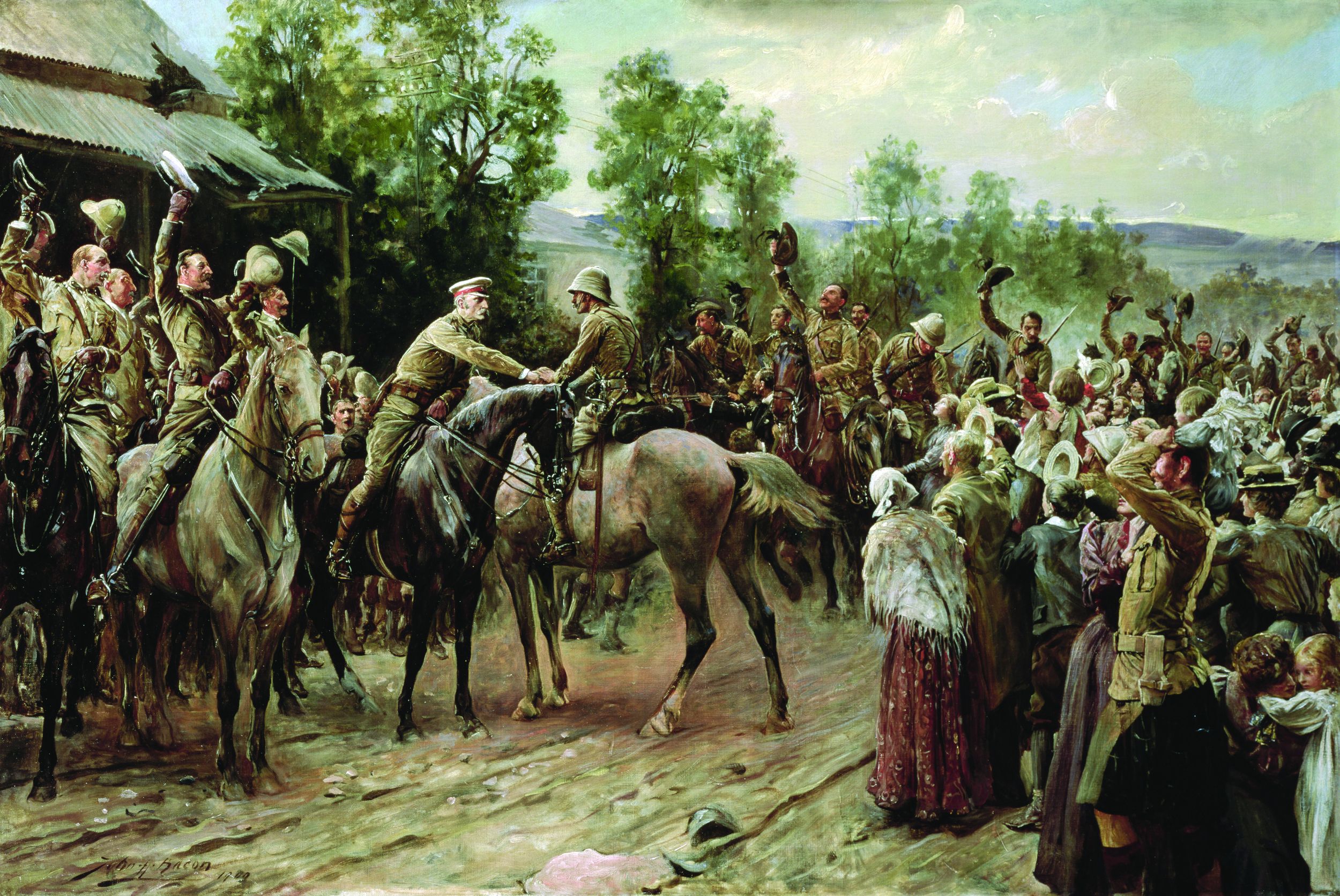
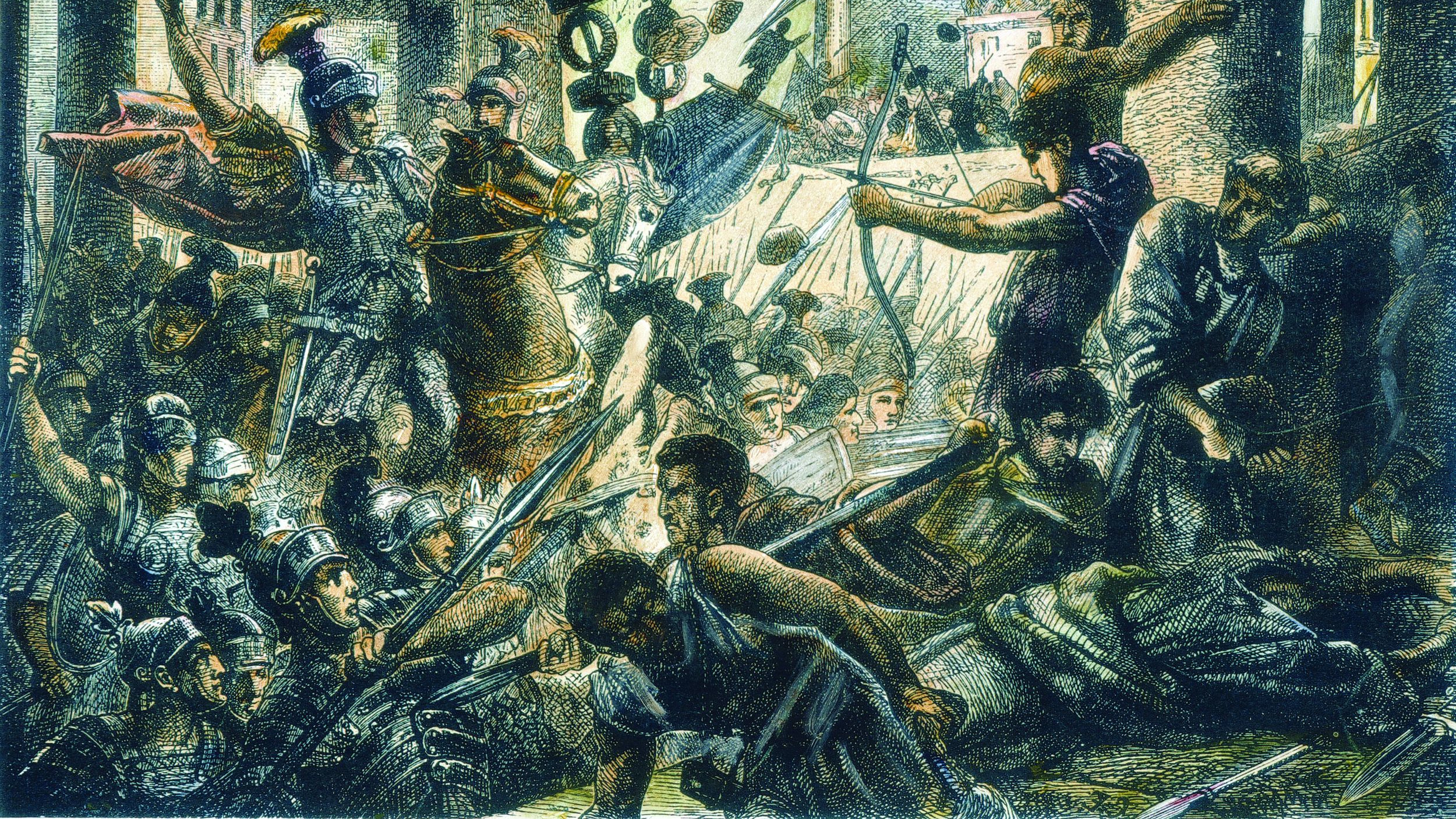
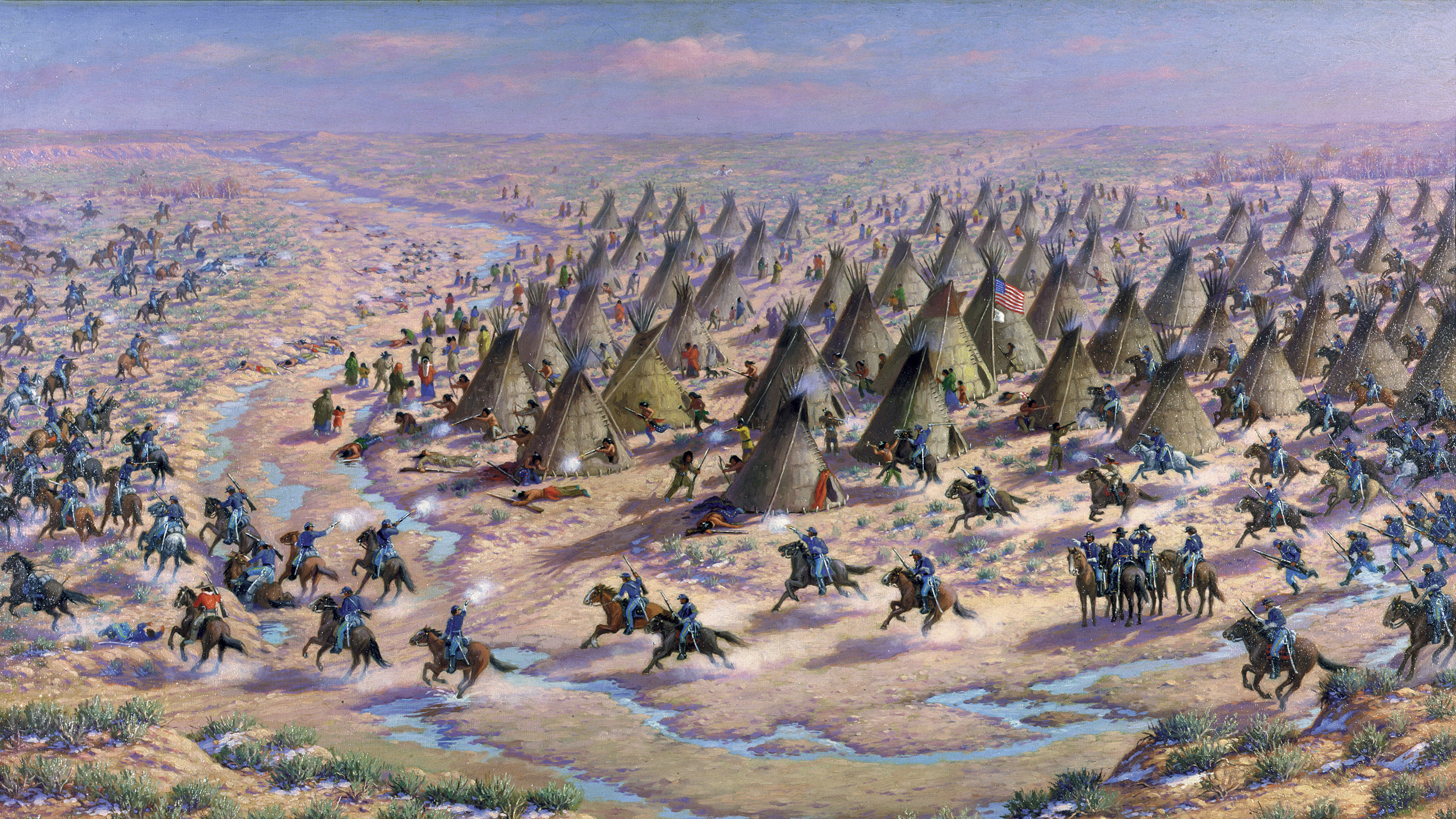
Join The Conversation
Comments
View All Comments